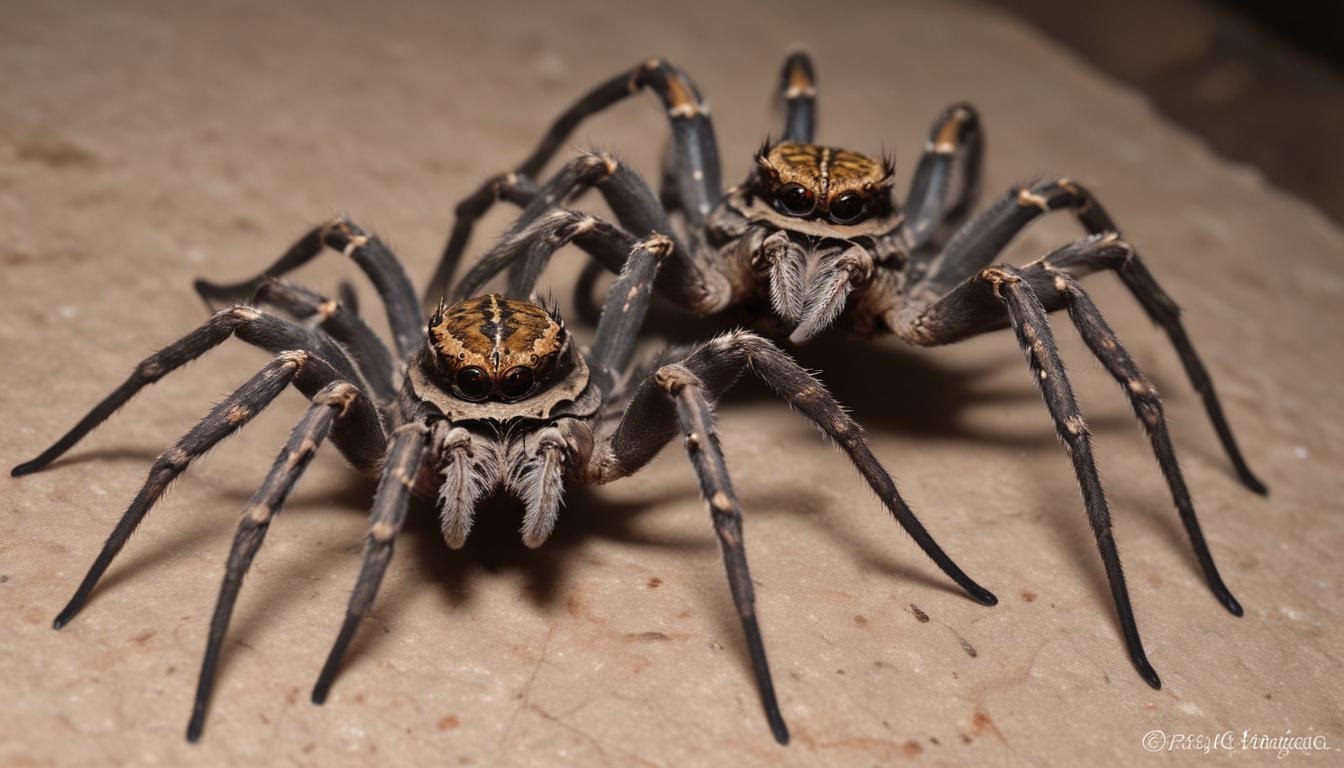Life Style
What You Should Know About Poecilotheria Metallica

How to Pronounce Poecilotheria Metallica?
“Poecilotheria metallica” is pronounced as:
- Poecilotheria: “pee-suh-luh-THEE-ree-uh”
- metallica: “meh-TAL-ih-kuh”
Breaking it down:
- Poe: sounds like “pee”
- ci: sounds like “suh”
- lo: sounds like “luh”
- the: sounds like “THEE”
- ria: sounds like “ree-uh”
- me: sounds like “meh”
- tal: sounds like “TAL”
- li: sounds like “ih”
- ca: sounds like “kuh”
So, when spoken together: “pee-suh-luh-THEE-ree-uh meh-TAL-ih-kuh”.
What Does Poecilotheria Metallica Eat?
Poecilotheria metallica, also called the Gooty sapphire ornamental tarantula, is a beautiful spider with bright blue colors. It lives in trees and eats small animals. Its main food is insects like crickets, grasshoppers, and cockroaches. In the wild, it hunts at night, using its speed and sharp senses to catch prey.
If you keep one as a pet, you can feed it crickets or roaches that are the right size—usually about the same size as its body. It is important not to give food that is too big because it could scare or hurt the spider. Baby tarantulas (called spiderlings) eat smaller bugs like fruit flies.
You should feed adult Poecilotheria metallica about once or twice a week and remove any uneaten food to keep their home clean. They drink water from droplets or a small dish, so always keep water available.
Are Poecilotheria Metallica Poisonous?
The other species which you will find attractive is Poecilotheria metallica or the Gooty Sapphire Tarantula. It is not lethal to man, but it is a venomous snake. However it has poison as is the case with most spiders. If it bites, it can be painful, swell and cause lots of discomfort but will not kill a human being.
While people with certain spider venom allergy can feel worse sometimes like having a problem with their breathing. These spiders are more or less harmless and generally do not attack unless it is in self defense or they feel threatened.. They are highly sort out by tarantula lovers because they are beautiful and are not violent.
If you’re dealing with one, then you should make sure to do so with delicate hands. Avoid scaring it. If bitten, wash the bitten area, if it begins to ache or you start to feel poorly, then go to the doctor. For the most part, yes, just don’t mess with them or step on the wrong side of the employers they work for.
Are Poecilotheria Metallica Endangered?
Yes, the species of the tarantula that is referred to as Poecilotheria metallica, the Peacock Tarantula, if I am not mistaken, is on the critically endangered list. This spider is endemic to a fragment of savanna forest in Andhra Pradesh state in the south-eastern part of India. Due to these factors, such as logging and collection of firewood, its habitat is declining.
Also, these spiders are hunted down with intention of selling them as pets, which is a real blow to their population. The IUCN has listed this species as vulnerable to extinction, a status that means that the species is in serious danger of being wiped out in the wild.
Measures should be taken to try to save the remaining individuals of this rather wonderful spider. The best conservation measures comprise protecting the habitat of this animal besides putting into action laws that prohibit the collection of the same product without a permit.
Where Do Poecilotheria Metallica Live?
Poecilotheria metallica commonly known as Gooty sapphire ornamental tarantula, is found in a small area of forest in Andhra Pradesh in India. These spiders favor arboreal habitats, and use their burrows to produce intricate funnel webs with which to trap insects.
They are best suited to tropical climates, although they are less sensitive to temperature than to humidity, the ideal conditions being temperature of between 25-30°C or 77-86F and relative humidity of between 75-85%.
Their natural habitat is becoming limited by other people cutting down trees for things such as firewood, moving them to an endangered status. Consequently, P. Metallica tarantula is listed as a critically endangered species.
How Many Poecilotheria Metallica are Left?
Poecilotheria Metallica, Gooty sapphire tarantula, is a bright blue-colored small-sized spider native to a confined piece of forest land in Andhra Pradesh of India. Studies indicate that the species is in decline, and its populations are not precisely calculated. According to the IUCN Red List, this species is considered to be Critically Endangered.
There are quite a number of causes of the decline of the species, such as habitat degradation through logging and firewood collection and poaching for the purpose of selling them as pets. The activities likely dismantle the spider’s habitat and decrease the species’ population in the world. Some measures should be taken in order to save this species and its habitat now and in the future.
How to Breed Poecilotheria Metallica?
Breeding Poecilotheria metallica, also known as the Gooty Sapphire Ornamental tarantula, requires careful preparation:
Maturity: Ensure both male and female tarantulas are mature. Females typically mature around 14 months, with a leg span just under 5 inches. Males may mature slightly earlier.
Environment: Maintain a warm, humid habitat with temperatures between 24–29°C (75–85°F) and humidity levels around 75–85%. Provide vertical spaces and hiding spots to mimic their natural arboreal environment.
Feeding: Feed both tarantulas well before introducing them to reduce the risk of cannibalism. Offer prey like crickets or cockroaches.
Introduction: Introduce the male into the female’s enclosure during the evening when they are more active. Observe their interactions closely. If either shows aggression without mating behavior, separate them and try again later.
Post-Mating: After successful mating, remove the male to prevent potential harm. Continue to provide optimal environmental conditions and nutrition for the female. She may produce an egg sac within a few weeks.
Egg Sac Care: Once the female lays the egg sac, consider leaving it with her or using an artificial incubator. Monitor the sac for development, which typically takes several weeks until spiderlings emerge.

-

 Life Style9 months ago
Life Style9 months agoWho is Amra Nor Jenkins? The Untold Story About Jeezy’s Daughter
-

 Celebrity5 months ago
Celebrity5 months agoThe Private World of Marina Pearl LeBlanc, Matt LeBlanc’s Only Child
-

 Entertainment10 months ago
Entertainment10 months agoWhat is Shoujo Ramune? The Comprehensive Guide
-

 Celebrity11 months ago
Celebrity11 months agoThe Untold Truth of William Mapel: A Deep Dive into His Personal Life
-

 News11 months ago
News11 months agoRanch World Ads Review: Everything You Need to Know
-

 Celebrity11 months ago
Celebrity11 months agoThe Untold Story of Denika Kisty: Her Family, Net Worth, and More
-

 Celebrity11 months ago
Celebrity11 months agoWho Is Stephanie Sarkisian? All You Need To Know AboutSteve Sarkisian’s Ex-Wife
-

 Life Style10 months ago
Life Style10 months agoJill Wagner Accident: Life and Health After Accident











